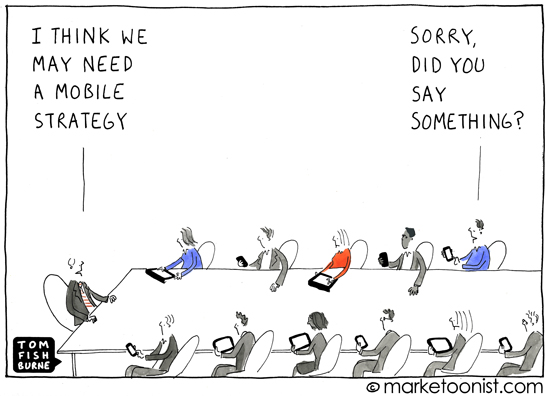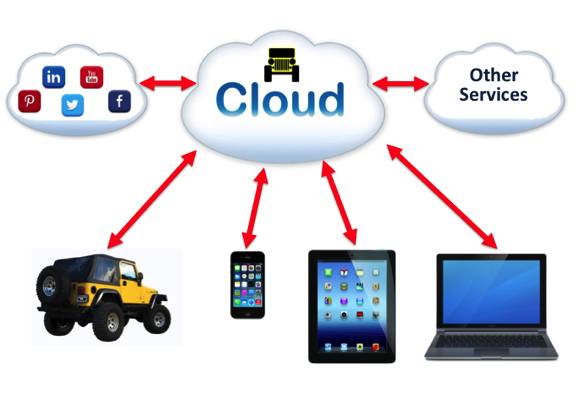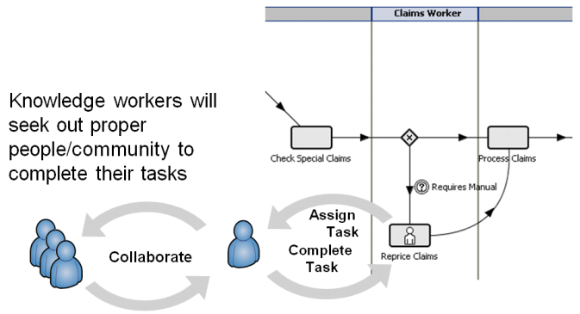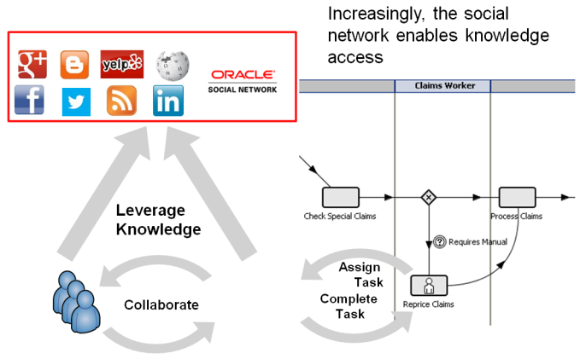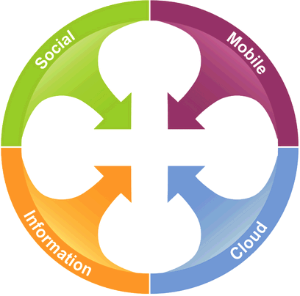From Visual Basic to VBCS

Yesterday’s blog post about a new version of Oracle’s Visual Builder Cloud Service reminded me of a little family story from days gone by.  Many years ago, when my oldest son was in seventh grade, he asked me, “What is Basic?†His school math book contained a few lines of Basic code at the end of each chapter.  With a bit of coaching, David soon had all those lines of code running on our IBM PC.
A few weeks later, before leaving on a business trip, I showed David how to use Microsoft Visual Basic. By the time I returned from my trip, he had given a GUI face to all those lines of code by wrapping them in a Visual Basic project.  And the rest is history … David got his first paid programming job at age 16 and is now CIO of Brock Supply, a leading wholesaler of aftermarket auto parts and supplies.  His LinkedIn profile highlights how far he had come from those first baby steps with VB: “Currently driving full ERP replacement (Microsoft Dynamics 365 for Operations), business intelligence, ESB integration, and security initiatives.”
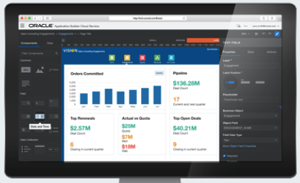
Of course Oracle’s VBCS is light years ahead of where Visual Basic was in 1993, but the principles are similar – a WYSIWIG developer interface with facilities for creating code behind the scenes. But now, the apps are created for mobile devices and cloud services, not just Windows PCs.
What will the next couple of decades bring?
Â

